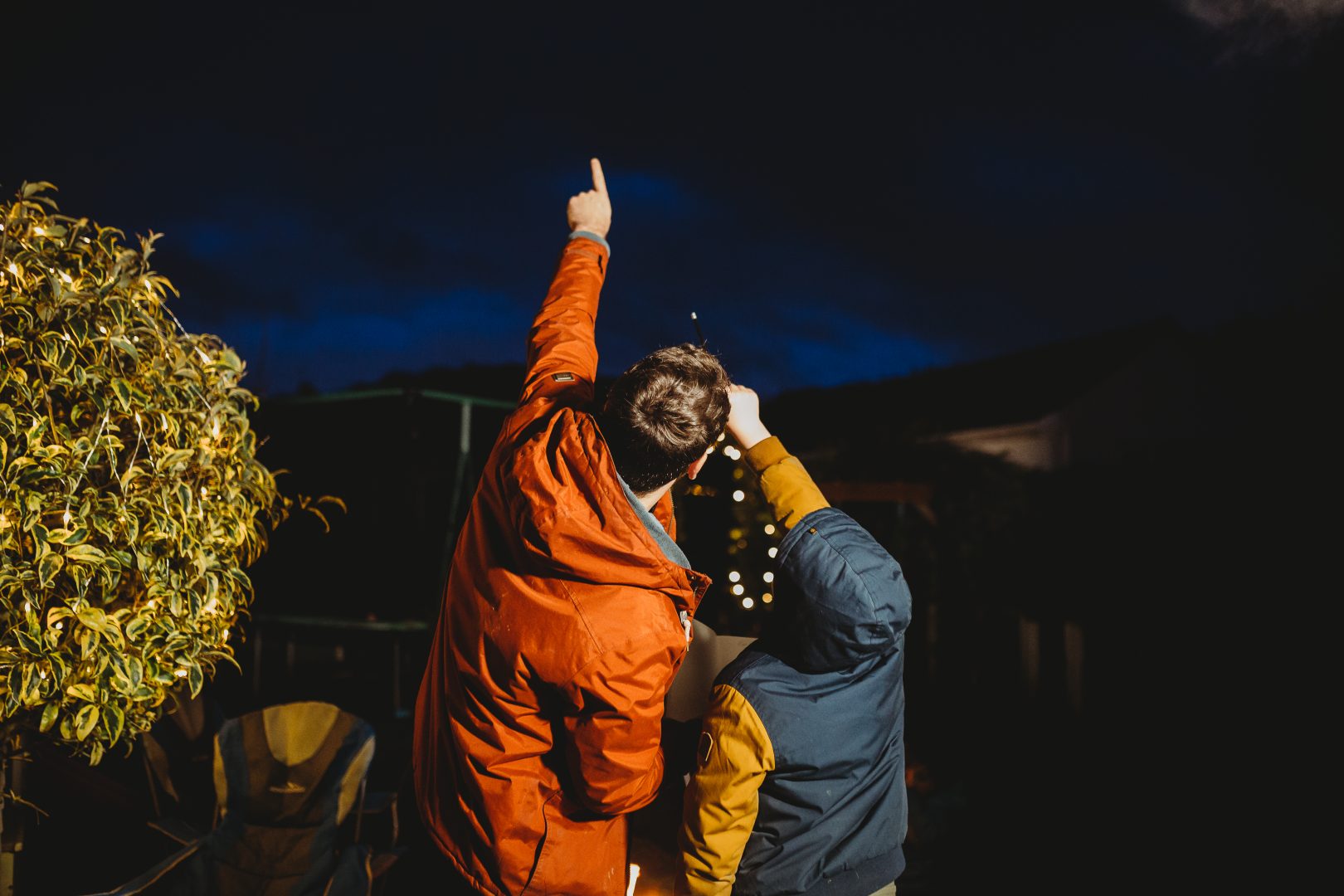Star Count

Each year, CPRE runs a citizen science project called the Star Count. This year, we asked you to choose a clear night between 17th-24th February 2023 and count how many stars you can spot within Orion (no telescope needed!). With your help, we’ll be able to identify where light pollution is a problem and which areas have the darkest skies. We’ll use this evidence to advocate for better-controlled lighting and offer advice about what we can all do to reduce local light pollution.
True darkness is a unique feature of the countryside and we want everyone to be able to experience the wonder of a dark, starry sky. However, light pollution can impede our view of the night sky. As well as eroding tranquillity and a sense of remoteness, light pollution also has adverse impacts on our health and wellbeing, as well as wildlife behaviour, and wastes energy.
The results of the 2021 Star Count showed that 51% of people in England (60% in Staffordshire) who took part were not able to see more than 10 stars in the Orion constellation, which indicates severe light pollution. Only 5% of those who took part (3.6% in Staffordshire) were lucky enough to see more than 30 stars, which is a sign of truly dark skies.
England has 34 Areas of Outstanding Natural Beauty (AONBs), of which Cannock Chase is both the smallest and the least dark, as it is so near to built-up areas. However, the central core of the Chase is still a relative oasis of darkness for people to enjoy compared to the surrounding conurbations. Together with the Cannock Chase AONB Partnership, the results of the 2021 Star Count were used as the basis for a more detailed investigation of local light pollution and to produce a Good Lighting Guide.



